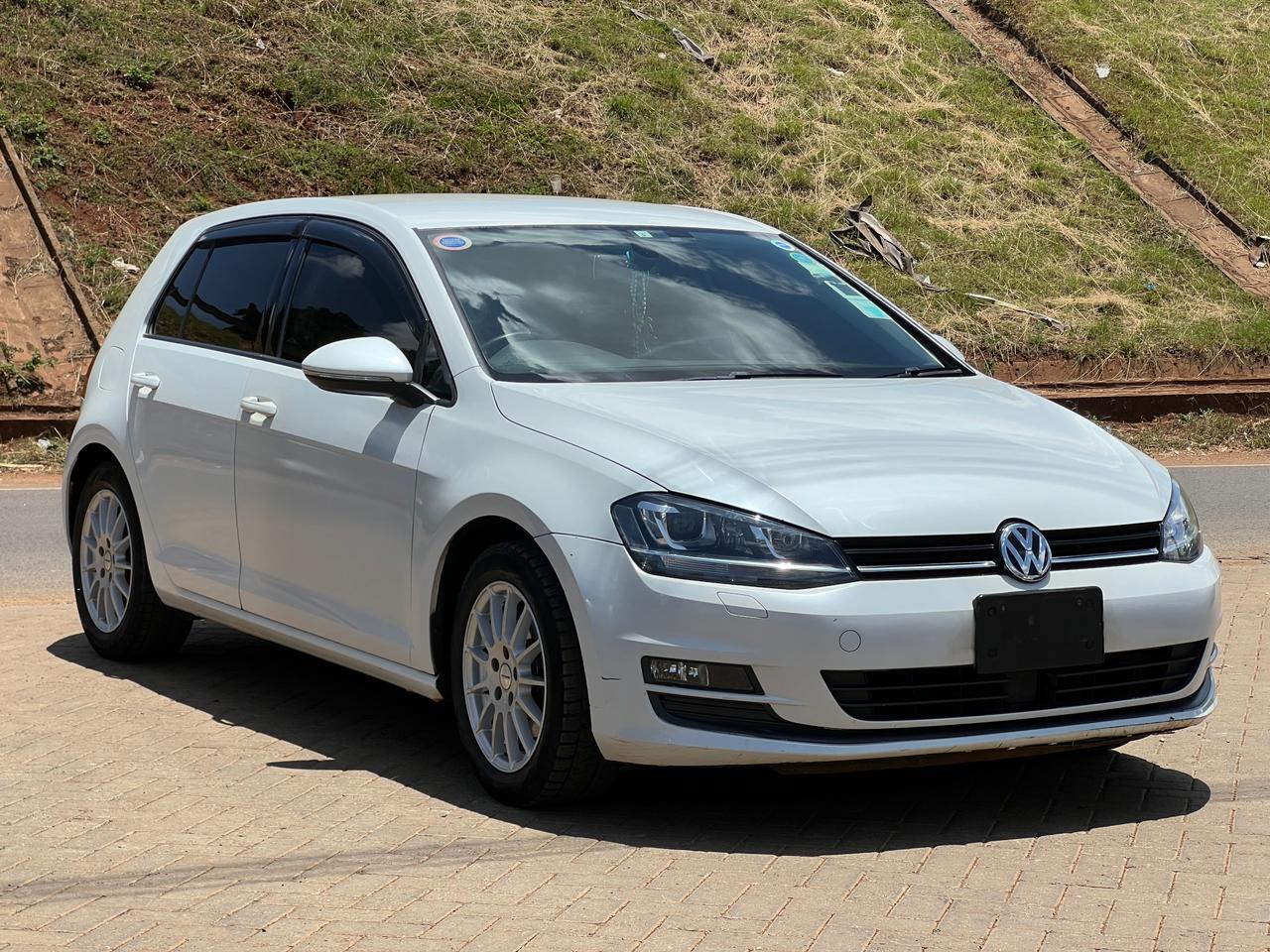Electric Cars vs Fuel Cars: Which One Should You Buy?

Code & Clutch
Electric Cars vs Fuel Cars: Which One Should You Buy?

Electric cars are reshaping the auto market, but fuel (petrol/diesel) cars remain widely practical. This guide compares cost, range, maintenance, environmental impact, resale value, and real-world considerations so you can decide whether an EV vs petrol car is the right choice for your next vehicle.
• Total cost of ownership: EV vs fuel
• Charging vs refueling: convenience & range
• Maintenance, reliability & servicing
• Environment & emissions comparison
• Buying checklist: EV, hybrid, or petrol
• FAQs and final verdict
Quick summary: should you choose an electric car or a fuel car?
If you want lower running costs, instant torque, simplified maintenance, and reduced emissions — and you have reliable access to charging — an electric car (EV) is an excellent choice. If you need long-range driving without frequent charging, rely on rapid refueling infrastructure, or prioritize lower purchase price and quick resale in some markets, a fuel car (petrol/diesel) may still be the practical option.
Short recommendation (based on common buyer profiles)
- City drivers / commuters: Electric cars — lower operating costs and home charging make EVs ideal.
- Long-distance drivers / rural users: Fuel cars or hybrids — longer range and faster refuel times.
- Budget-first buyers: Petrol cars often have lower upfront costs; look for certified used EVs for a compromise.
- Eco-conscious buyers: Electric vehicles reduce tailpipe emissions and are the best long-term environmental choice.
Total cost of ownership: EV vs fuel cars
One of the most important comparisons is total cost of ownership (TCO), which includes purchase price, fuel / electricity costs, insurance, maintenance, taxes, and resale value.
Purchase price
Historically, electric cars had higher sticker prices because of battery costs. Today, a growing range of affordable EVs and incentives have narrowed that gap. Still, many new petrol cars can be cheaper to buy upfront compared to new EVs with similar equipment levels.
Running costs — electricity vs petrol
Electricity per kilometer is usually cheaper than petrol. Calculate using your local energy price and the car’s efficiency:
Example: if an EV consumes 18 kWh/100km and electricity costs $0.12/kWh, cost is roughly $2.16 per 100km. A petrol car consuming 6 L/100km at $1.50/L costs $9 per 100km.
These are illustrative numbers — always use local fuel and electricity prices when deciding.
Maintenance & servicing
Electric cars have fewer moving parts: no oil changes, no timing belts, simpler cooling systems, and regenerative braking reduces brake wear. That generally lowers maintenance costs for EVs. Petrol cars require regular oil changes, fuel system maintenance, and more frequent mechanical servicing.
EV: lower operating & maintenance costs
- No oil changes, fewer filters, fewer mechanical failures.
- Regenerative braking extends brake life.
- Over-the-air updates can improve features remotely.
Fuel car: cheaper purchase & established networks
- Lower entry price on many models and used market availability.
- Ubiquitous refueling infrastructure — fast to refill anywhere.
- Many mechanics and spare parts available locally.
Charging vs refueling: convenience, time, and range
Range anxiety and refueling convenience are common concerns. Let’s break down real-life expectations.
Types of charging
- Level 1 (home 120V): Slow, typically for overnight charging — suitable for short daily commutes.
- Level 2 (home/AC public): Faster home or workplace charging (240V) — typically 7–22 kW depending on the vehicle and charger.
- DC Fast Charging (public): Rapid charging on highways — can provide 20–80% in 20–40 minutes for many modern EVs.
Range considerations
Modern EVs commonly achieve 200–600+ km per charge depending on battery size and efficiency. Petrol cars often exceed 600–1,000 km on a full tank, which remains more convenient for long non-stop journeys.
Real-world convenience
If you have a reliable place to charge at home or work, most daily driving needs are covered by overnight charging. For road trips or remote driving, plan charging stops (or choose a hybrid or petrol car if charging networks are sparse in your region).
Performance, driving feel, and safety
Electric cars deliver instant torque and smooth acceleration — they feel quick off the line. Their low center of gravity (battery pack placement) often improves handling. Fuel cars can still deliver strong performance, especially sport-tuned petrol models, and are often lighter in entry-level trims.
Safety & crashworthiness
Both EVs and petrol cars come with modern safety features. The battery design in EVs is built to minimize fire risk; however, repair costs after serious collisions can be higher due to battery complications. Always check crash-test ratings for specific models.
Environmental impact: emissions, lifecycle, and sustainability
From a tailpipe perspective, EVs produce zero tailpipe emissions. But the full environmental picture includes manufacturing, battery production emissions, electricity source, and end-of-life recycling.
Well-to-wheel emissions
If the electricity comes from renewable sources, an EV’s lifecycle emissions are significantly lower than a petrol car. In regions where electricity is generated from coal or heavy fossil fuels, the gap narrows — but EVs often still have an advantage when manufacturing emissions are amortized over lifetime mileage.
Battery recycling & second life
Battery recycling technology is improving, and second-life battery applications (e.g., stationary storage) help reduce waste. Choose manufacturers with clear battery recycling and sustainability programs when possible.
Resale value & depreciation
Resale value depends on region, incentives, and the EV battery condition. Early-generation EVs suffered from rapid depreciation due to limited range and expensive battery replacements. Newer EVs with robust warranties and better range hold value more steadily. Petrol cars often have stable used-car demand in markets without wide EV adoption.
Warranty considerations
Battery and drivetrain warranties (often 8 years / 100,000 km or similar) are common for EVs and should be checked carefully. A strong warranty can protect resale value.
Incentives, taxes, and local policies
Government incentives, tax breaks, and local policies can dramatically change the economics. Check local EV incentives, tax credits, reduced registration fees, or free parking that might apply where you live.
Which electric car or fuel car should you consider?
Model selection depends on budget, driving profile, brand preference, and available infrastructure. Here are practical recommendations for different buyer needs.
Top picks by buyer type (2025 recommendations)
- Best city EV for daily commuters: Compact EV with Level 2 home charging support and efficient consumption.
- Best long-range EV for road trips: Larger battery pack models with 300–600+ km real-world range and widely supported DC fast charging.
- Best hybrid for mixed driving: A plug-in hybrid or strong hybrid that charges for daily commutes but uses petrol for long trips.
- Best budget petrol car: Reliable small sedan / hatchback with good fuel economy and low maintenance costs.
Buying checklist: EV, hybrid, or petrol
Use this checklist before you buy to make an informed choice:
- Driving needs: How many kilometers do you drive daily and on long trips?
- Charging access: Do you have secure home or workplace charging? What is public charging availability?
- Budget: Consider purchase price, government incentives, and financing.
- Maintenance access: Is there an experienced EV service center nearby? Or a reliable petrol mechanic?
- Resale expectations: How long do you plan to keep the car and what resale value do you expect?
- Safety & warranty: Check battery warranty, crash-test ratings, and safety features.
Common myths about EVs (and the truth)
Myth: EV batteries die fast and are expensive to replace
Truth: Modern lithium-ion batteries degrade slowly. Many manufacturers offer 8+ year warranties. Battery costs have fallen and recycling/second-life programs help mitigate end-of-life concerns.
Myth: Charging takes all day
Truth: For daily use, most drivers charge overnight at home (Level 2). DC fast chargers handle road trips with 20–40 minute top-ups at many stations.
Myth: EVs aren’t suitable for cold climates
Truth: Cold weather reduces range temporarily, but proper battery management, preconditioning, and modern thermal systems reduce the impact significantly.
Real cost example — how to calculate
To decide, calculate the real cost per km:
- Estimate annual kilometers driven.
- For petrol: multiply L/100km by fuel price and divide appropriately to get per km cost.
- For EV: multiply kWh/100km by electricity price.
- Add maintenance, insurance, and expected depreciation per year.
Example calculations vary by region — run local numbers to make the best choice.
Service & repairs: What your garage should offer
If you pick an EV, make sure your chosen garage or dealership offers:
- High-voltage safety-trained technicians
- Battery diagnostic tools and warranties handling
- Charging infrastructure installation and advice
For petrol cars: look for experienced engine technicians, emission testers, and access to spare parts.
Case studies: Real buyer scenarios
Case 1 — Urban commuter: Jane drives 30 km daily to work, has secure parking with a Level 2 charger at home. She chose a compact EV to minimize running costs and enjoys quieter rides and low maintenance costs.
Case 2 — Long-distance professional: Mark drives inter-city 300–400 km trips weekly and often works in remote regions. He chose a diesel/petrol car for quicker refueling and longer continuous range but is considering a plug-in hybrid next time.
Final verdict: How to make the final decision
Reflect on these final points:
- Availability of charging: If home/work charging is practical, EV becomes much better.
- Travel patterns: Frequent long, unplanned trips favor petrol or hybrid.
- Budget & incentives: Upfront cost vs long-term savings — incentives can tilt the balance to EVs.
- Values: If you prioritize emissions reduction and future-proofing, EVs are the long-term direction.
Where to test-drive and get professional advice
Test drive both EVs and petrol models in real driving conditions that reflect your typical day. Ask dealers about:
- Real-world range figures (not just WLTP/NEFZ numbers)
- Warranty coverage on battery and drivetrain
- Recommended charging equipment and installation options

FAQ — Quick answers to the most searched questions
A: Generally yes — electricity cost per km is typically lower than petrol, and maintenance is often cheaper for EVs.
A: Modern EV batteries are designed for many years. Many warranties are 8 years / 100,000 km or more; some last much longer with minimal degradation.
A: It can be for some drivers. Careful route planning and choosing vehicles with sufficient range or charging options mitigates anxiety.
A: Hybrids are an excellent middle ground — plug-in hybrids allow short electric commutes and petrol for long journeys.
Need help choosing? Talk to Code & Clutch
If you’re deciding between an electric car, a hybrid, or a petrol model, we can help with model selection, TCO calculations, and local servicing advice. We offer inspections, test drives, and tailored maintenance packages for all vehicles — EV and petrol alike.
Further reading & resources
For deeper research: examine local fuel and electricity prices, government EV incentives, and real-world owner forums for feedback about specific models and their service networks.
About the author
Code & Clutch is a car dealership and guidance blog focused on helping buyers choose smartly. We provide in-depth reviews, maintenance tips, and buying advice tailored to the local market.
Frequently searched keywords included (for SEO)
electric cars, fuel cars, EV vs petrol, hybrid cars, electric vehicles, petrol cars, car buying guide, best cars 2025, car maintenance, charging vs fueling, total cost of ownership, battery warranty, resale value, range anxiety





Comments